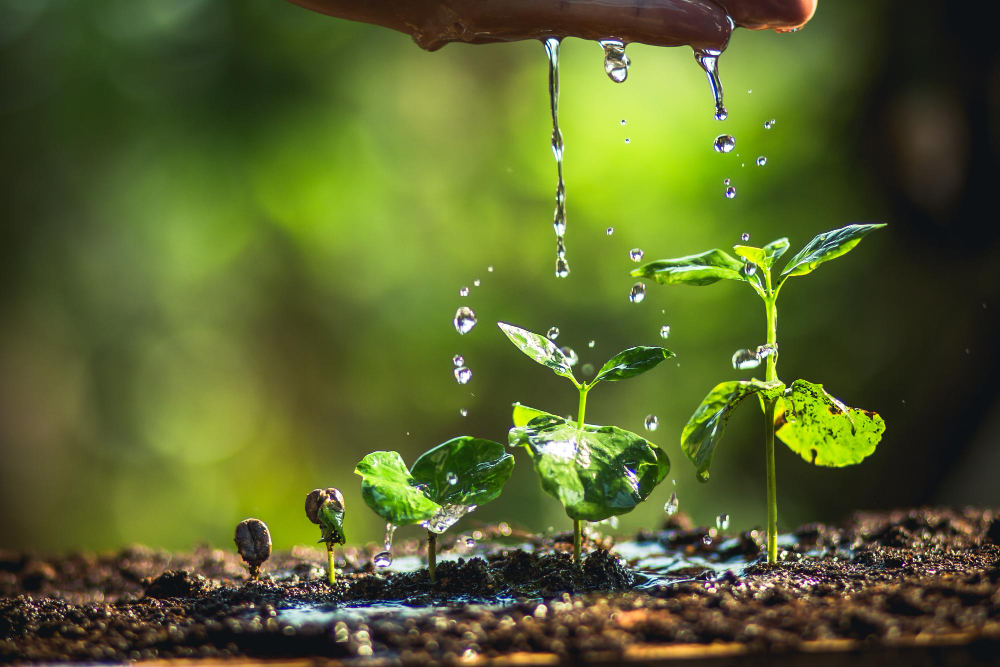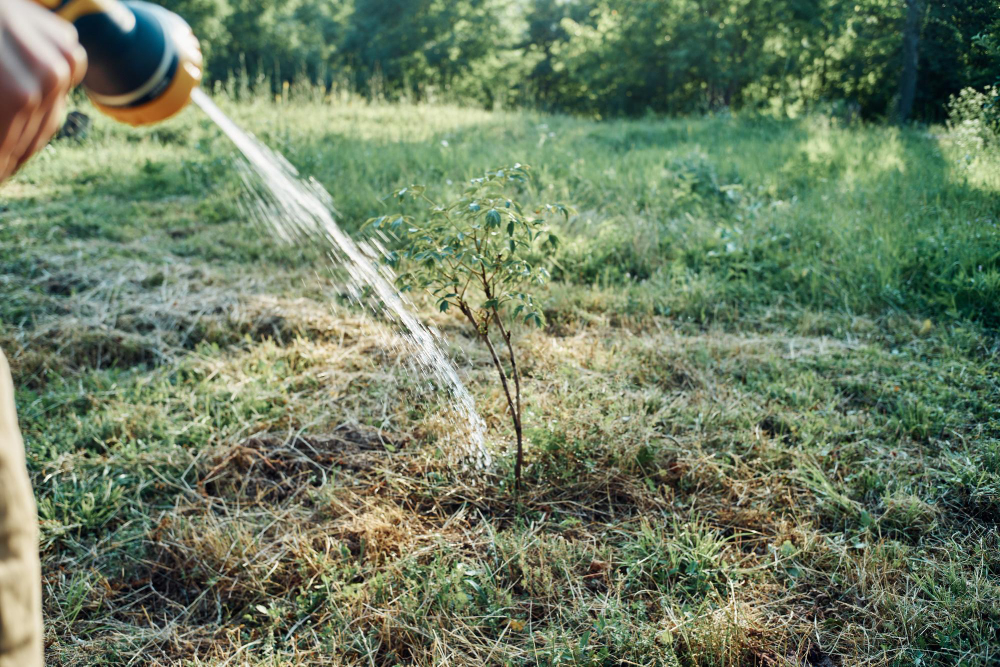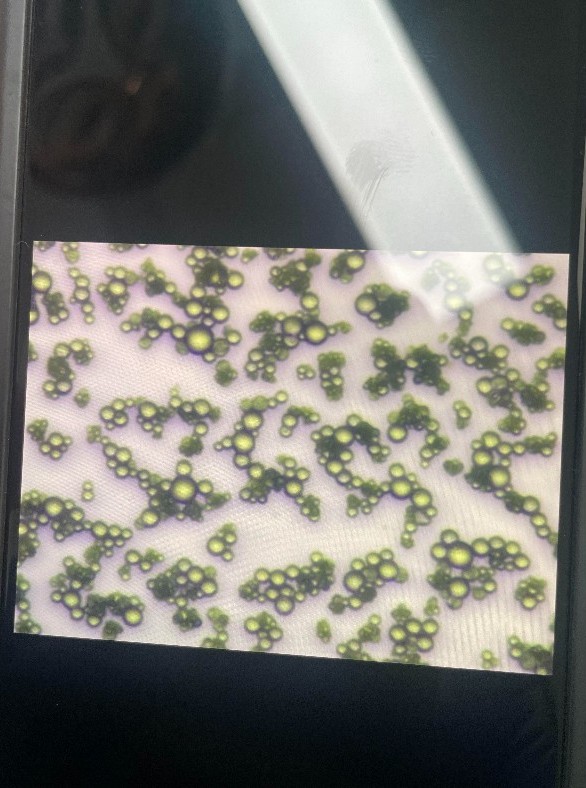
Water Saving Irrigation Methods – Effective Solutions for Every Farm
In the context of increasing climate change and growing water demands in agriculture, applying water-saving irrigation methods not only helps conserve valuable resources but also delivers high economic efficiency. This article will introduce you to water-saving irrigation methods that optimize the cultivation process and improve productivity.

1. Drip Irrigation – The Modern Water-Saving Method
Drip irrigation is one of the most effective water-saving methods in agriculture. This system works by delivering water directly to the plant roots through pipes and drip emitters. This not only minimizes water wastage but also ensures that water is supplied precisely to each plant, promoting healthy growth.
Advantages of drip irrigation:
- Saves up to 50% more water compared to traditional irrigation methods.
- Reduces soil erosion and prevents weed growth.
- Increases crop yield due to consistent water and fertilizer supply.
2. Sprinkler Irrigation – A Cost-Effective Solution for Large Fields
Sprinkler irrigation is a common method for large fields. The sprinkler system uses nozzles to evenly distribute water over the soil, mimicking natural rainfall. With modern technology, this system can adjust the water flow, ensuring efficient water use.
Advantages of sprinkler irrigation:
- Significant water savings thanks to flow control technology.
- Improves soil quality and crop growth due to even water distribution.
- Reduces labor costs compared to traditional irrigation methods.
3. Subsurface Irrigation – The Efficient Method for New Plants

Subsurface irrigation is a method that delivers water directly into the soil beneath the surface, helping to minimize evaporation and retain moisture for a longer period. This method is especially effective for new plants when the root system is still developing and requires consistent water.
Advantages of subsurface irrigation:
- Maximizes water conservation by reducing evaporation.
- Promotes strong root growth and prevents waterlogging.
- Provides stable moisture levels in the soil.
4. Automatic Irrigation – The Smart Solution for Water Management
With the development of technology, automatic irrigation systems have become an effective solution for saving water. These systems can automatically adjust the amount of water based on soil moisture sensors and weather conditions, helping to save costs and effort.
Advantages of automatic irrigation:
- Automatically adjusts water flow to prevent wastage.
- Easily managed through phones or computers.
- Optimizes water usage efficiency and reduces costs.
5. Benefits of Applying Water-Saving Irrigation Methods
Applying water-saving irrigation methods not only brings economic benefits but also helps protect the environment. Here are the main advantages:
- Water conservation: Using water intelligently and efficiently reduces overall water consumption, especially in dry seasons.
- Cost reduction: Optimizing irrigation processes helps reduce costs for water, electricity, and labor.
- Increased productivity: Providing water consistently and appropriately will help crops grow better, thus improving yield and product quality.
- Environmental protection: Water conservation reduces pressure on water resources and protects natural resources.
6. Conclusion

Applying water-saving irrigation methods brings not only economic benefits but also enhances production efficiency and protects the environment. Depending on the specific conditions of each land and type of crop, you can choose the most suitable irrigation method to optimize water and cost use. Don’t hesitate to invest in modern irrigation technology to help agriculture develop sustainably!
Bình luận
Những bình luận mới nhất



